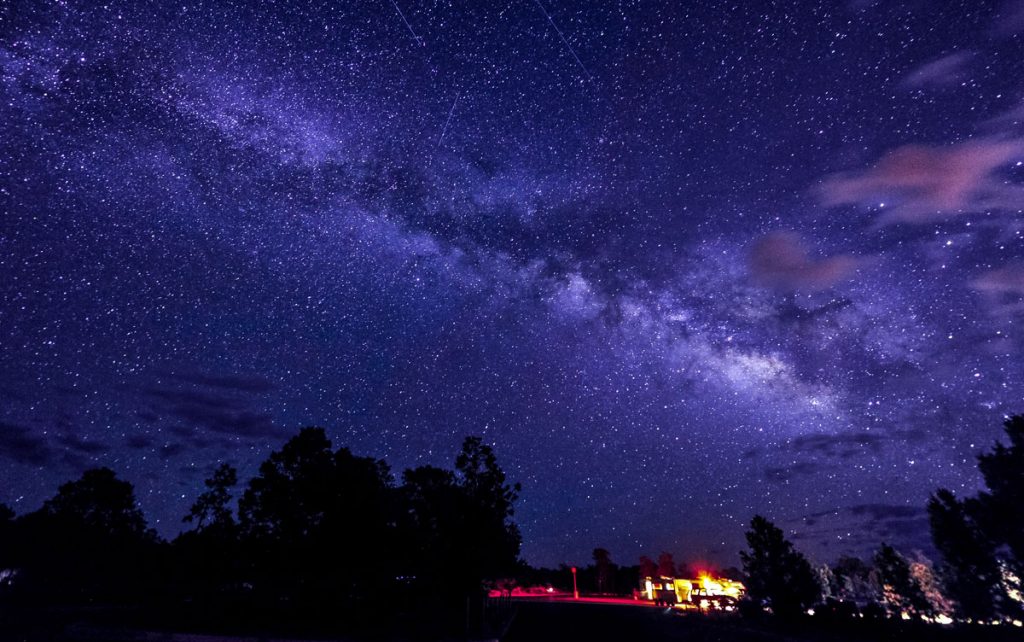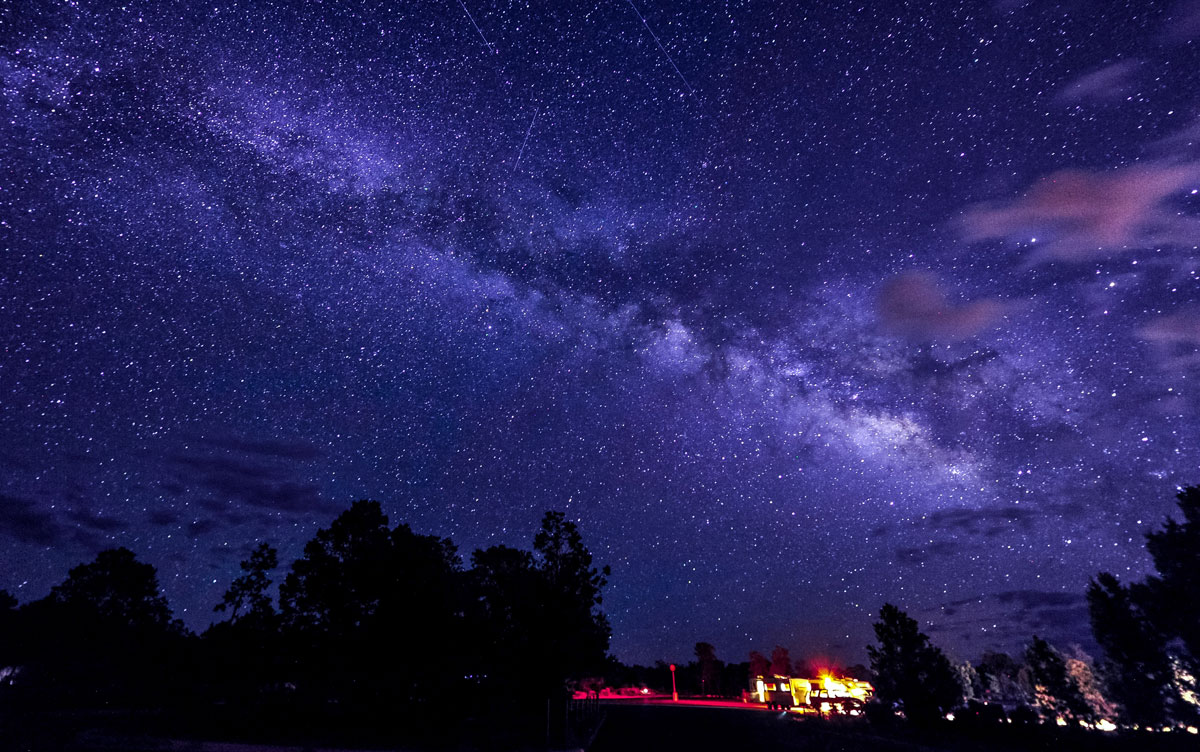
A Spectacular show in the sky on the night of the new moon
The 2020 Geminid meteor shower is already underway but will peak the night of December 13th and 14th. There’ll be natural fireworks in the form of star-like objects shooting across the sky.
The date will also correspond with the new moon, enhancing visibility. For good measure
will sling bright shooting stars this December. This will be an excellent year for the Geminids, as the shower’s peak on Dec. 13-14 coincides with the new moon. And, in case your superstitions are on high alert, December 14th, 2020 is the date of a total eclipse of the sun (which will track a visibility path across the southern end of South America).
Read more: Christmas Star: alignment of Jupiter and Saturn will be closest in 800 years
Geminid meteor showers derive their name from the constellation of Gemini. And, this year, on Sunday night and Monday morning at the peak of the shower’s activity – the source of the shooting stars will be from the area in the night sky near the very bright star Castor. Castor is one of the stars that make up the heads of the Gemini twin brothers.
The most satisfying meteor shower this year is expected
If it’s a clear night it might well be worth it to brave the temperatures, as this is the biggest and most entertaining of all the showers that return annually. It is generally believed to be bigger and more spectacular than the Perseid showers that occur each year in August.
Read more: Netflix: 5 best new shows to check out for the Holidays
Practically all of the other meteor displays have histories dating back many hundreds or even thousands of years. The first anecdotal account of the Leonids dates back to 902 A.D. The Perseids have been recorded since 36 A.D., and April’s Lyrids are the oldest of all, having first been recorded in Chinese chronicles as far back as 687 B.C.!
The recent Geminid occurrences have been studied and are on record as having been filled with both bright, slow moving meteors and hefty fireballs, in addition to less visible smaller meteors with a dearth of medium bright objects to observe.
Subscribe to our newsletter for all the latest updates directly to your inBox.
Find books on Music, Movies & Entertainment and many other topics at our sister site: Cherrybooks on Bookshop.org
Enjoy Lynxotic at Apple News on your iPhone, iPad or Mac.
Lynxotic may receive a small commission based on any purchases made by following links from this page.
